Contents
Homework Due THIS CLASS
- Complete Value Range Research
- Post your (3) hand portraits to the Visual Library as a gallery. Include the tag: Value
- Finish your 9-step value scale in pencil and bring to class.
- Submit Project #2 with a Reflection and Feedback on another student’s work. See Project #2 > Submitting Your Work for details.
Materials needed for THIS CLASS
- sketch book (9″x12″)
- graphite drawing pencils (6B, 2B, HB, 2H, 4H)
- eraser (magic rub, mars, gum or similar)
- a camera or camera phone
Visual Library (15 min)
Everyone should be participating. It’s part of of your Participation Grade. Let’s designate a facilitator and take a look at your new Visual Library posts specifically three hand portraits from your Value Research.
New Vocabulary Review
- Value: Signifies the relative differences of light and dark
- Achromatic Value: Value with the absence of hue (color).
- Grayscale: The full range of values simplified into a graduated scale.
- Narrow Value Range: When the values congregate around the dark, middle, or light part of the grayscale.
- Broad Value Range: When the values are spread over the dark, middle, or light part of the grayscale.
- Shadow: Dark area of an object as a result of a disruption of the light source.
- Highlight: Portion of an object that receives the greatest amount of direct light
- Contrast: Occurs when elements are unrelated or dissimilar in value, size, shape, etc.
- Chiaroscuro/Tenebrism: Forceful use of contrasting lights and darks, creating a dramatic mood.
- Film Noir: a cinematic term used to describe a visual style that emphasizes low-key lighting and unbalanced compositions.
- Focal Point: The elements or objects on which the viewer’s attention is focused.
- Rule of Thirds: A compositional guideline; an image is divided into nine equal parts by two equally spaced horizontal lines and two equally spaced vertical lines. Important compositional elements should be placed along these lines or their intersections to create tension, energy and interest, rather than simply centering the subject.
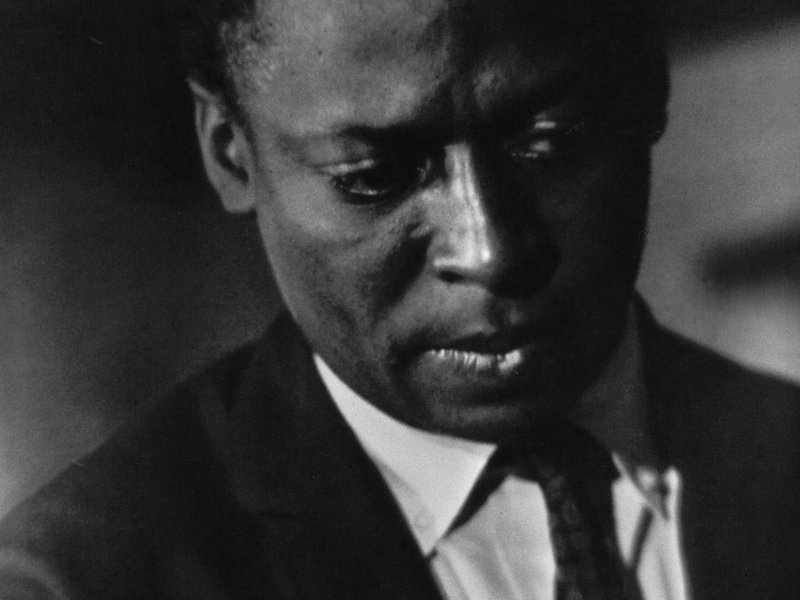
Roy DeCarava 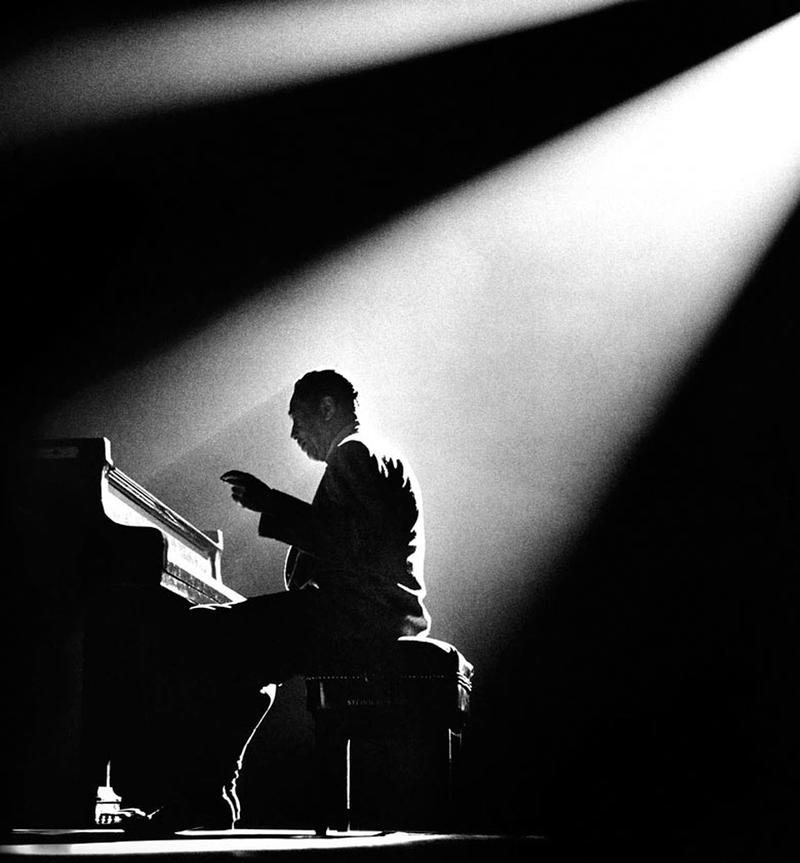
Herman Leonard 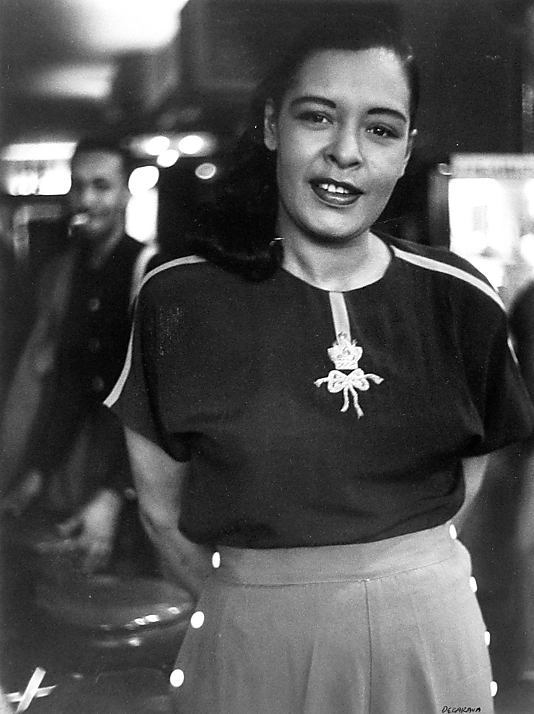
Roy DeCarava 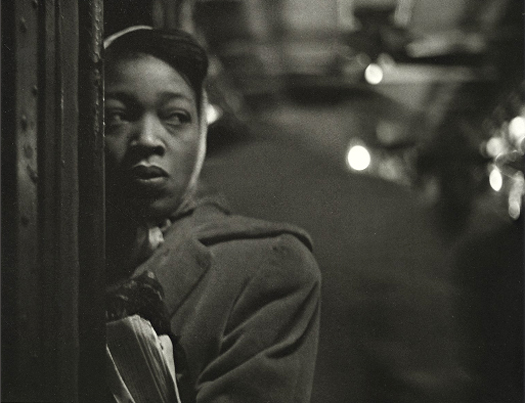
Roy DeCarava 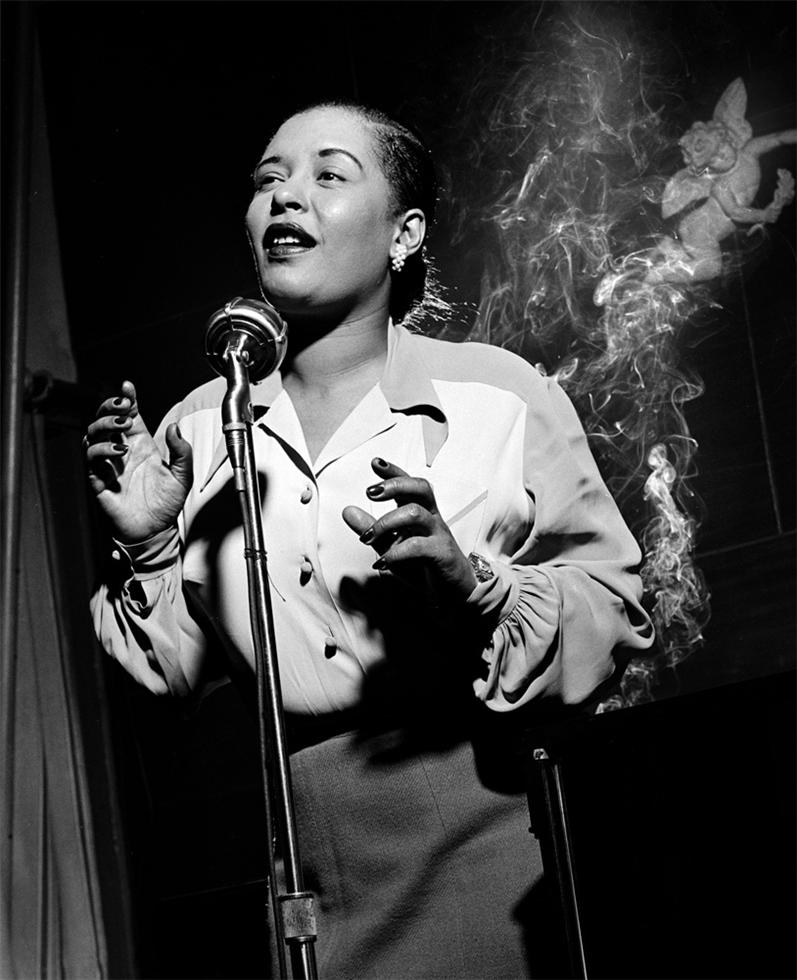
Herman Leonard 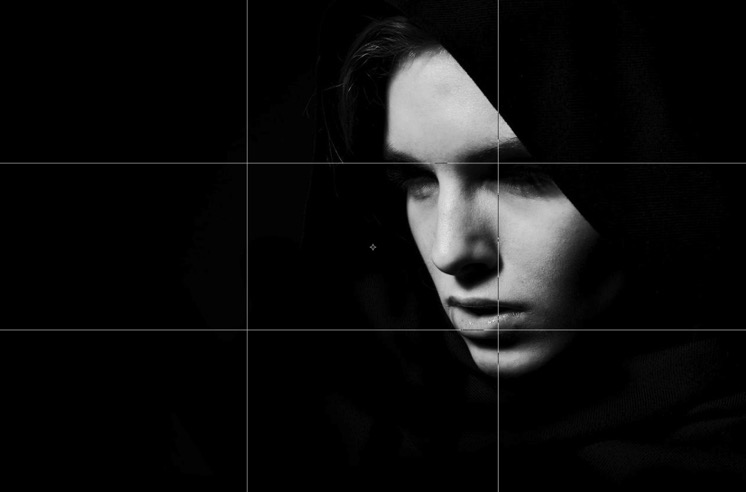
videoschoolonline.com 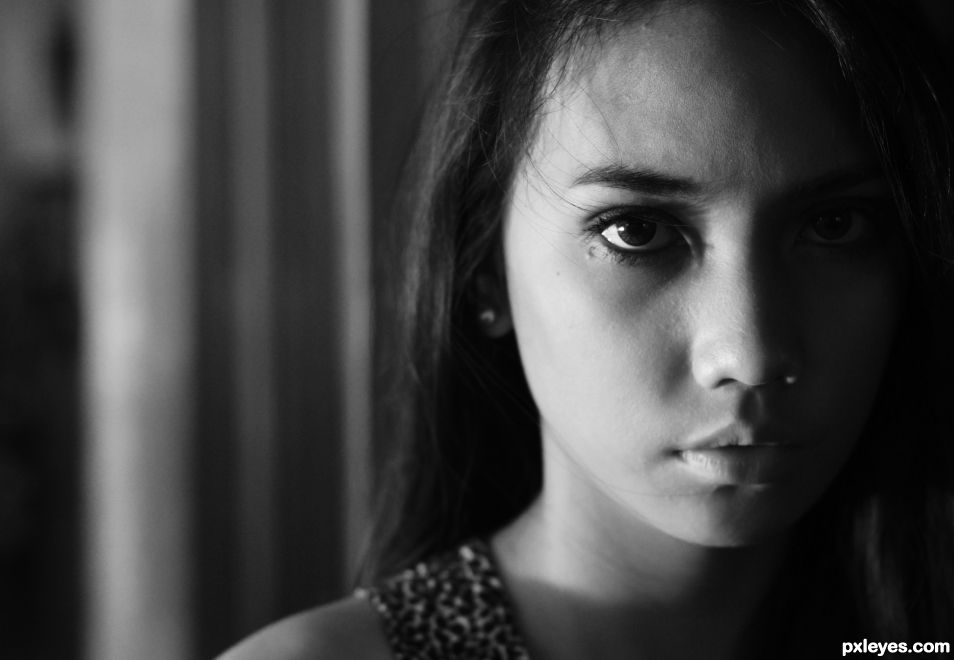
pxleyes.com/profile/Karol 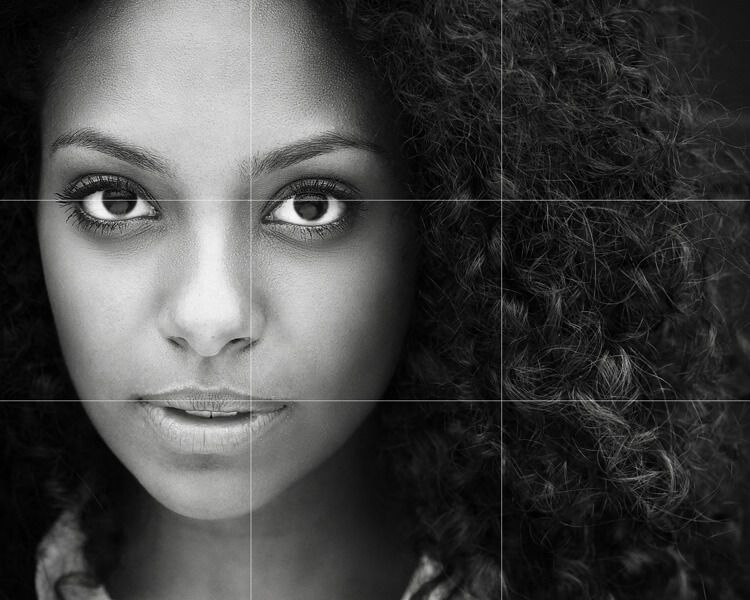
blog.katchup.com 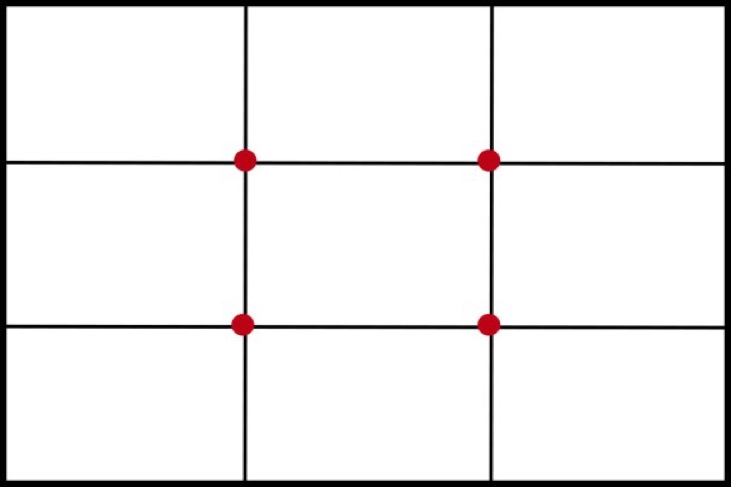
LAB: Value Range Research Redux
Hand Portraits

narrow value (light) 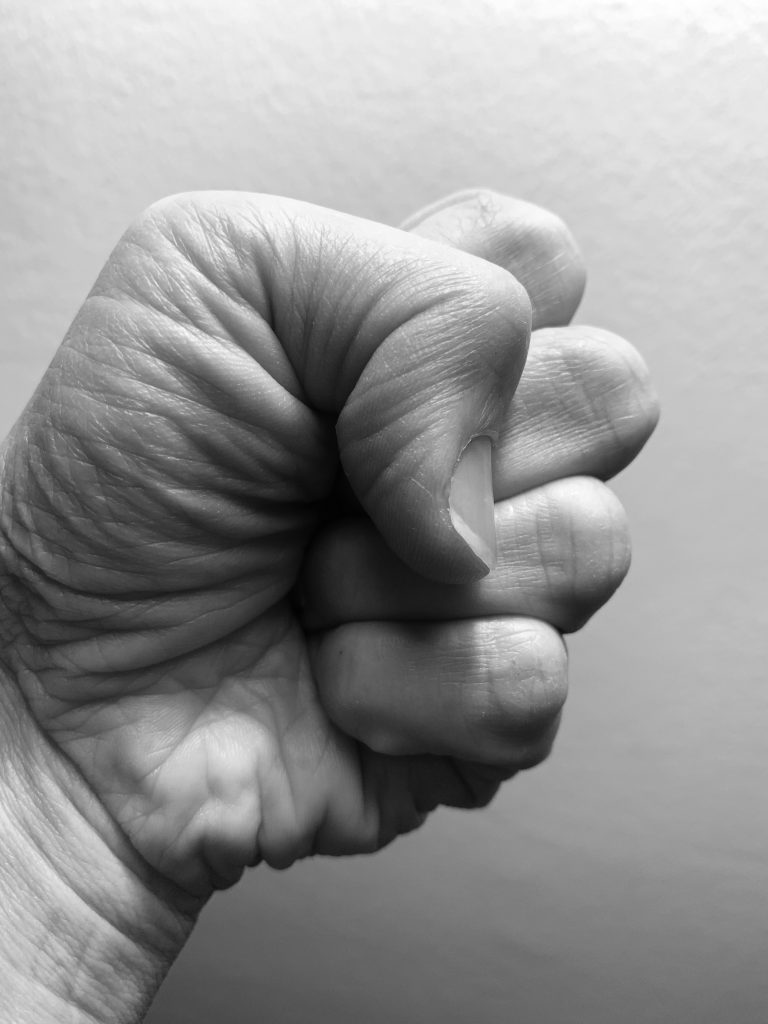
broad value 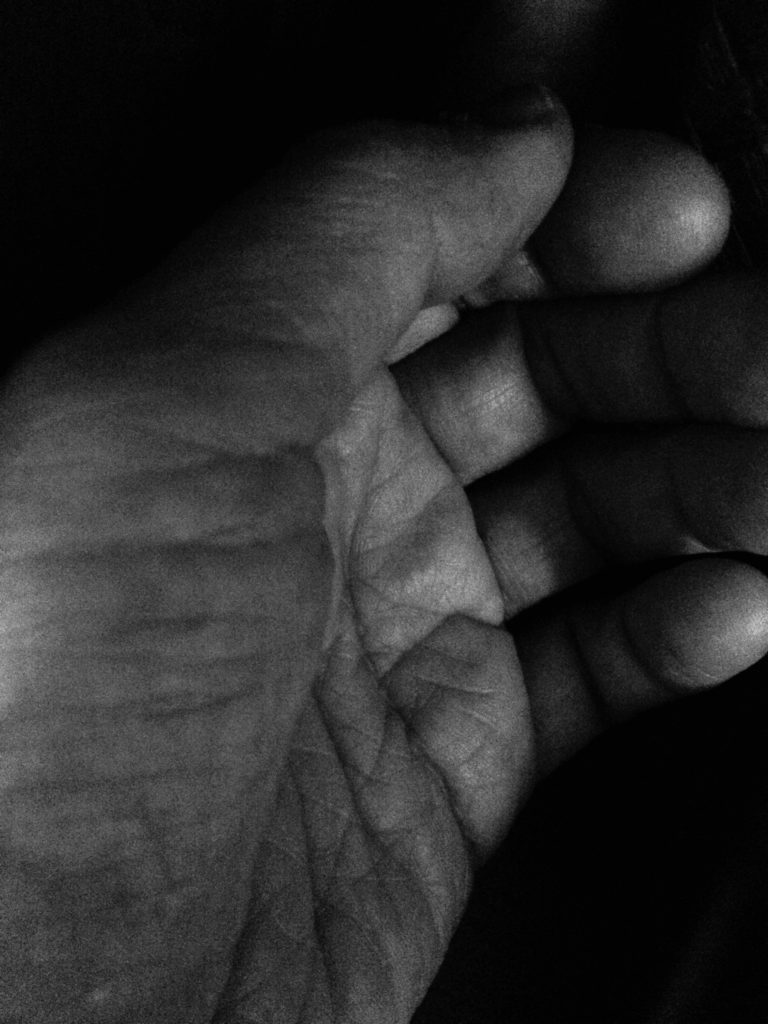
narrow value (dark)
- Using a camera or camera phone*, compose photographs of your hands with the following value ranges:
- (1) narrow value range / light – predominately light end of the grayscale
- (1) narrow value range / dark – predominately dark end of the grayscale
- (1) broad value range – spread across the grayscale (dark, middle, and light).
- If you have the ability to shoot with a grayscale, black & white, or noir filter, please do.
- Try to create an expression of feeling by how you hold your hand.
- Allow the value range: light, dark, broad to affect the mood.
Writing
- Designate a new section of your sketchbook and write ‘Value Range Research’.
- Compose a minimum 2-paragraph description, with specific references to your hand portraits, indicating how the value range sets the mood of the composition. Also notice how the forms in the composition create highlight and shadow relationships; some may be abrupt, others may have a gradation of value from light to dark.
- How does the contrast between light and dark contribute expressive quality (mystery, drama, success, joy, etc) of the compositions?
- Add your writing to your Hand Portrait post.
* If you don’t have a camera, please partner with another student who does.
Value Scale
Complete the Achromatic Value Scale using a range of pencils (2H-5B)
- On the handout provided, complete the four scales starting with 2-step (black/white) and ending with 9-step.
- Your 9-step value scale should have black, low dark, dark, high dark, mid-value, low light, high light, and white.
Lab: Value Self Portraits
On your own or with a partner, take a series of closely framed, black & white/grayscale self-portraits that convey a dramatic mood.
- Use strong contrast of light and dark and a stable figure-ground relationship.
- Utilize the Rule of Thirds to create tension or energy in the composition. Avoid centering the subject (yourself).
- Post your portraits to the Visual Library for critique.
- Choose your best portrait and save the original (from your camera/phone) to Dropbox, GDrive or a thumb drive.
IMPORTANT: Research Film Noir lighting, the jazz photographs of Roy Decarava, and the Rule of Thirds before taking your photographs.
Field Trip Next Class/Thursday
On Thursday we will meet at 2:15pm at the Brooklyn Historical Society to see An Opening: Artist Kameelah Janan Rasheed’s Sound and Art Installation (read more about the exhibition)
If you’d prefer to walk with a group, Prof. Rosen and I will leave from the Adams Street Entrance at 2:00pm.

Homework Due on Monday
- Complete Value Range Research
- Post your (3) hand portraits to the Visual Library as a gallery. Include the tag: Value
- Finish your 9-step value scale in pencil and bring to class.
- Complete Value Portraits
- Post your portraits as a gallery to the Visual Library for critique.
- Choose your best portrait and save the original (from your camera/phone) to Dropbox, GDrive or a thumb drive.
Materials needed for Monday
- sketch book (9″x12″)
- graphite drawing pencils (6B, 2B, HB, 2H, 4H)
- eraser (magic rub, mars, gum or similar)
